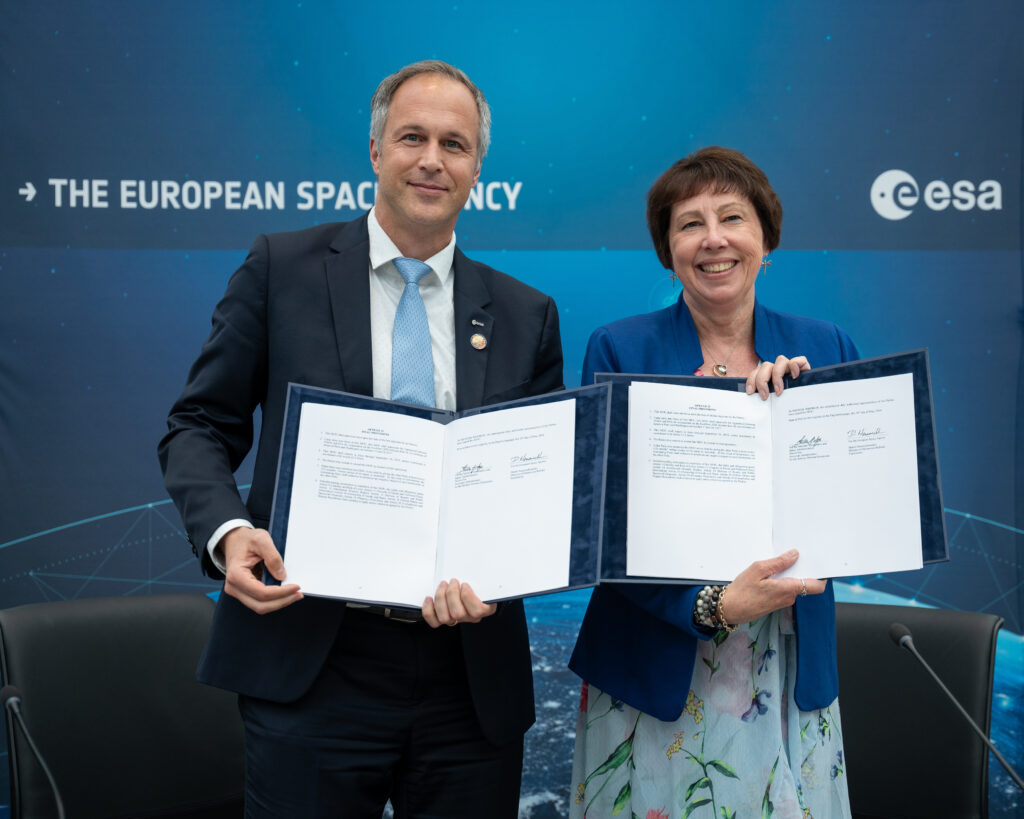ESA and NASA have signed an agreement stipulating cooperation within the framework of the ExoMars mission. It confirms the participation of the United States in a project aimed at finding traces of life on Mars.
Without Russia to Mars
The ExoMars mission was supposed to go to the Red Planet in September 2022. The aim of the project was to deliver the Russian Kazachok landing platform and the European Rosalind Franklin rover to Mars. The latter was supposed to search for biomarkers — compounds that could indicate the possibility of life on Mars in the past or even at the present time.

To solve this problem, the rover was equipped with an unparalleled drill capable of penetrating to a depth of up to two meters. This is very important, as it gives the opportunity to collect samples from under the soil layer, sterilized by exposure to surface radiation. Thus, Rosalind Franklin will have a chance to find organic material that testifies to the existence of life on the Red Planet in the past.
Russia’s full-scale invasion of Ukraine put an end to these plans. In protest, the ESA completely severed cooperation with the aggressor country. As a result, all components supplied by Russia were removed from ExoMars — some instruments, a rocket and a landing platform.
Help from NASA
The incident has put ExoMars in an extremely difficult position. With extraordinary efforts, the States and companies involved in the project continued the project, rebuilding the architecture of the mission. However, in some aspects, the ESA still cannot cope on its own. We are talking about a launch vehicle, landing engines, as well as radioisotope heaters. They are necessary so that Rosalind does not freeze during the cold Martian nights.

Therefore, ESA turned to NASA for help. On May 16, ESA’s Director of Human and Robotic Exploration, Daniel Neuenschwander, and NASA’s NASA’s Associate Administrator for the Science Mission Directorate, Nicola Fox, signed a memorandum of understanding guaranteeing the U.S. contribution to the project. NASA will provide a launch vehicle, engines and heaters for ExoMars.At the same time, ESA will work on the creation and certification of its own radioisotope heaters, which will ensure the independence of future European missions.
The next important step will be a preliminary review of the rover project. It will take place in June 2024. If everything goes well and ESA receives the necessary components on time, ExoMars will travel to the Red Planet at the end of 2028.
According to ESA
Follow us on Twitter to get the most interesting space news in time
https://twitter.com/ust_magazine


